This will be an irregular sort of scattershot update today to clear out some interesting but minor marginalia and technical items that may not fit into larger upcoming pieces.
—
Let’s start with the interesting ‘leaked’ image claimed to be from the Ukrainian “Virage-Planshet” system I’ve highlighted before. Planshet just means “tablet”, by the way. It has generated a lot of commentary given that it appears to imply that Ukraine has total surveillance of every Russian aircraft in the entire SMO—which should, technically speaking, not be possible:
The ‘legend’ is roughly: the purple circles are airports with main runway orientations shown by a white line. The plane icons I believe can mostly be anything: planes, missiles, helicopters, and drones. Red are Russian, blue are Ukrainian which is why their call-numbers are censored out. We see about three Ukrainian craft or so near the Dnieper and a few in the west of Ukraine, many of which are likely helicopters.
No one knows how accurate this is, and the fact it was ‘deliberately’ leaked could imply a psyop meant for the very purpose of making Russia ‘worried’ by suggesting Ukraine can see more assets than they actually can. Furthermore, the assets seen at the farthest end, for instance in the Russian Rostov region, could be markers of known or guessed at ‘last locations’, etc. It’s difficult to know for absolute certain.
But in general: there is no real way that Ukraine should possess the ability to track Russian flights in real time that far away. There is no known satellite capability exactly that can do this for reasons we’ve discussed before: optical (EO) satellites are not geostationary and can only take a few pictures per hour. And sats that are geostationary and can “hover above” a location, in a sense, are in extremely distant orbit and are not EO because at that range they cannot see or detect anything with great acuity; they are usually communications satellites of various sorts. SARs (Synthetic Aperture Radar) sats on the other hand can’t really even track moving targets which appear as a blur to them.
This leaves the only possibility as some kind of ground HUMINT, which seems implausible for realtime tracking of dozens of jets apart from merely their take-off/landing—which we do know is done. And OTH (Over the Horizon) radars which is a rabbit hole ridden with complexity and problems of its own, particularly that I do not believe there are any true functioning OTH radars left in Europe.
Whatever the case may be, if the image is real it goes to show the levels of NATO-assisted sophistication that Ukraine is working with—a pretty startling level of ISR.
We’ve seen their Virage images below, but only in more isolated and localized areas, like missile attacks coming from Crimea:
This is easier to explain as at least radars in the Odessa region can theoretically track that far, given the right altitude of the object.
One thing the new Virage image appears to reveal is that Russia does have good patrolling flights over the Black Sea west of Crimea. This appears to confirm recent reports that Mig-31s shot down a Neptune missile barrage at an impressively long range, 40-80km from the shore. That means Mig-31s, with their famously powerful radars, as well as potentially A-50 AWACs are infact patrolling the sea in that region.
I’m referring to the flights seen here:
That segues into my next update, which is that Russian AD has really shown itself this past week. Over the past several days huge strikes on both Belgorod and Crimea were totally repelled by a virtually flawless AD performance. I remark on it deliberately because Ukraine champions the one or two occasional penetrations, like with the ship last month (which I contend stronger than ever was not actually a missile strike), but completely ignore the 95% of other times when Russian AD proves flawless.
The attacks over the past few days were noted for their saturation ferocity and some reports claimed that Russia’s upgraded Pantsir-SM systems may have been used in the Belgorod region to down an entire barrage of Czech Vampire MLRS rockets.
Literature has shown Russia’s latest Pantsir upgrades have much better radars, more resistant to noise and clutter, more tuned to detect smaller drones, etc. In short: the past week has seen exemplary work where Russian AD has stopped every single barrage of vaunted UA weaponry, but you won’t hear that from Zelensky’s press.
In fact what we did hear from his side is Ukraine’s own AD has been badly depleted. The US is scrambling to find more Patriot missiles and Russia’s latest attack days ago was the first that Ukrainian officials actually began to admit how few of the missiles they shot down:
The 18/24 Kh-101s is of course also fake ‘information war’ cope, but it is highly noteworthy that they’ve finally admitted downing 0 Kinzhals and Iskanders—strangely only days after claiming a 10/10 shootdown rate on Kinzhals.
Many videos showed direct hits that even Kiev could not hide:
And evidence continues to pour out about large enterprises destroyed:
Huge queues of ambulances were near the surgical department of the military hospital of the Western region (Lviv) after yesterday's missile strikes. A Ukrainian journalist writes about several dozen vehicles bringing the wounded. In Lvov, after the recent strike, the Russian Armed Forces flew somewhere very well. Local reports report dozens of ambulances transporting the wounded. Since Zelensky’s gang is officially silent about this, the dead and wounded are clearly not civilians.
Russia is causing massive damage to Ukrainian defense enterprises which includes the personnel.
The report from the Kiev Artem plant states the “entire shift” of 50 people was wiped out by two Kinzhals:
Alleged insider info about Russian Kinzhal strike on Kiev military enterprises: "THE DEATH TOLL AT THE ARTEM PLANT IS 50. That's the entire shift that day. Two Daggers went into the shop. The only lucky ones were those who were late for work because the metro stopped along with the electricity, and those who were loitering around. Ukrainian propaganda concealed this episode, although all Lukyanivka, Tatarka and Syrets saw it from their windows (photo). But the propaganda told that all 10 Kinzhals were shot down by a massive attack, throwing pickle jars at the enemy. (c) Maxim Ravreba PS. Below is a post with a link to a relative of one of the dead workers where she complains that Zelensky's gang is hiding information about those killed in the strike. Her nephew died there."
Obituaries have rolled out, including one of a mother and daughter who reportedly both worked at the Luch Bureau. These are civilians but unfortunately are effectively deemed enemy combatants because they are working in military assembly plants, which are legal targets.
Ukrainian ex-general Krivonos says some of Ukraine’s most significant enterprises have been totally destroyed:
Following Russian missile strikes, Ukraine lost enterprises that produced the most powerful missiles in the country - former head of Ukrainian Special Forces, General Krivonos. Our government is leaking data about these enterprises, which produced powerful weapons - the general says. No one is responsible for the damage this causes, Krivonos complains. "Kiev officials think only about winning elections, and not about how to win the war."
In conclusion: Russia’s winter strike campaign has started very powerfully on Ukraine’s defense infrastructure and has likely incapacitated a huge amount of irreplaceable skilled labor that was critical for producing their drones and home-brewed missiles—which are some of the last things Ukraine can really still produce internally.
An uncorroborated report from a Polish paper also claimed the following:
Russian analyst Starshe Edda has the following calculations for American Patriot stock:
The most interesting issue in this regard is the production of missiles. According to plans for the last decade, by 2026 the United States was supposed to launch 600 + missiles for the Patriot PAC-3 MSE air defense systems per year. Now, according to available data, this figure is about 500 missiles annually.
Is it a lot or a little? In the air defense of Kiev, as far as one can judge, now up to five batteries « Patriot », that is, up to forty launchers. 40 launchers, if all of them relate to the modification of PAC-3, can accommodate up to 640 ( up to 16 missiles for installation in four containers of four ). In fact, they are smaller, at least part of the batteries of the older PAC-2 modification, for which missiles are no longer manufactured. For them, work is underway to maintain the existing ammunition in readiness.But in any case, we see that the named figures of the annual production – is the value of one full salvo maximum. This is not so small if you take the life of ( guaranteed missiles and two extended ) for 30 years, then during this time you can accumulate at this rate one and a half thousand ZUR. But this is good for peacetime, but in conditions,when one more or less large raid may require Patriot’s consumption from hundreds of missiles and higher, excluding other means, 500-600 per year becomes clearly insufficient. Especially considering that – users are by no means only Ukraine, and not everyone is ready to do their contracts in the interests of Kiev.
What in the end? We heard NATO rhetoric about air defense supplies. How quickly it will be translated into reality, I suspect they do not know either in the Pentagon or in Brussels. Surely they know in Bethesda, Maryland (head office « Lockheed-Martin »), but they are unlikely to tell anyone.
—
A new report from FT corroborates Russia’s increasing dominance in the EW spectrum:
The article mostly tells us what we’ve already known:
While it says Ukraine has “periodically found weak spots” in Russia’s EW coverage, for the most part that coverage remains vast:
“The problem is that the Russians are able to field electronic warfare systems across most of the front, down to platoon level in some cases when you’re talking about things like Pole-21,” Watling said.
They specify the Pole-21 and Murmansk systems can shut down GPS signals for hundreds of kilometers of frontline, making American JDAMs and GMLRS useless. Unfortunately such systems don’t have quite the same effect on local FPVs, mostly owing to the fact that FPVs fly very low and are not affected by systems “in the rear” due to radar horizon. Only very close frontline systems can jam them.
These facts were highlighted two days ago when a new Ukrainian released video showed two of Ukraine’s most advanced Western/NATO drones being nullified by Russian AD as they tried to attack a Pantsir-S1 system somewhere—it is claimed by them—in Belgorod region:
You can see the drones come in then lose connection. Ukraine’s side has claimed they still “hit their target” because the drones (which appear to possibly be Switchblade or a related variety) seem to have an auto-tracker that may be employing the ability to autonomously hit the tracked target after signal loss.
But not only am I not convinced, a report from the local Belgorod garrison appeared through TG circles which stated that nothing was hit, and all their AD systems were fine.
Some will haughtily claim the US, as ever, is ahead in these fields, but a new video from the leading edge of American readiness proves the contrary. While they too are “working on it”, they by no means can be characterized as being ahead of the pack, as they appear to be in the basic formational stages of grasping the technology:
This is just their first academy to train against drone technology, and by the looks of it, they’re several years behind both Russia and Ukraine in truly wrangling and systematizing these developments.
In fact, the past week has seen a rash of American failures. From the crashed B-1B Lancer ($300-500M price tag) in South Dakota:
To America’s first moon rover in 50 years failing in even worse fashion than the Russian one—which at least achieved many of its other objectives while orbiting the moon:
Where were all the people that laughed at Russia’s inability to get back to the moon?
Then there were the stark revelations that America’s premier strategic deterrence weapons, the Minutemen III missiles, are so old that the “drawings don’t even exist anymore”:
Not to mention there are no living technicians who even understand the missiles. Doh.
This shock revelation comes only two months after the US’s latest Minutemen test spectacularly failed:
Many people are rightly talking about a major ‘crisis of competency’ taking over the US, what with the latest Boeing Max door failure as well.
As if that wasn’t bad enough, we had a major revelation from Ukrainian soldiers that the reason none of their Abrams are on the front is because they don’t work. Recall the recent reports of the highly sensitive Abrams, which need their filters changed every hour. But they took it a step further and actually showed a damning video of their Abrams gun all janky, its stabilizers completely shot. At the 0:30 second mark you can see the gun shakin’-n’rattlin’:
The American magazine “Forbes” recently looked for tanks that the United States transferred to Ukraine and could not find. Dear journalists of Forbes magazine, next time you ask us. We'll tell you everything. First, look at exactly which tanks were handed over - a very outdated model (early 1990s), incomplete and in unclear technical condition. And yes, the tanks really arrived in Ukraine, but they have not yet reached the front line due to some technical problems. As proof, we provide a video of the M1A1 “Abrams ” tank with a Ukrainian crew that has already broken the gun. We have friends in the Armed Forces of Ukraine who help us receive not only videos. They were dumbfounded by the state of the vaunted American technology.
Color me shocked. NATO weapons have really lived up to ‘expectations’.
As if that wasn’t bad enough, Germany hit out with its own bombshell that mysterious “drones” have been flying over the country for a year, spying on their bases—and the kicker: Germany apparently is not able to do anything about it! None of the newfangled NATO weaponry, the high tech sensors, etc., can repel the drones at all. From Bild:
Seems NATO EW tech is likewise in need of upgrade. The news just keeps getting worse for the failing West.
—
In the meantime, Russia’s own technology gets more boosts. For instance, Ukraine has been recovering Russian UMPK glide-bomb modules of late:
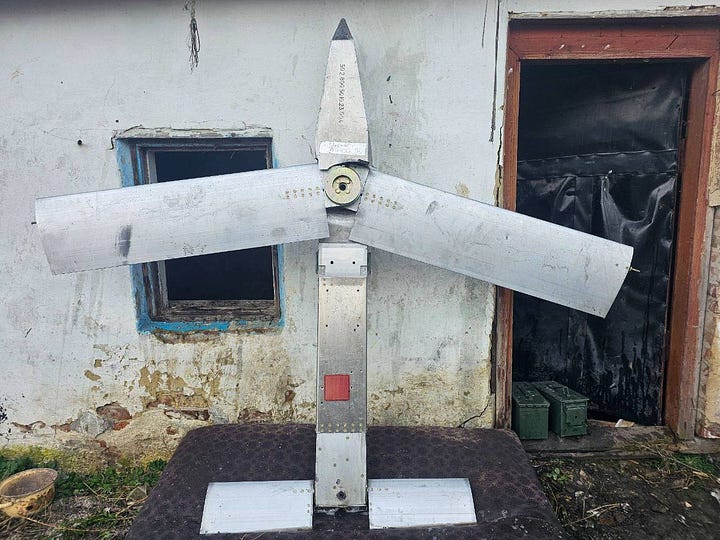
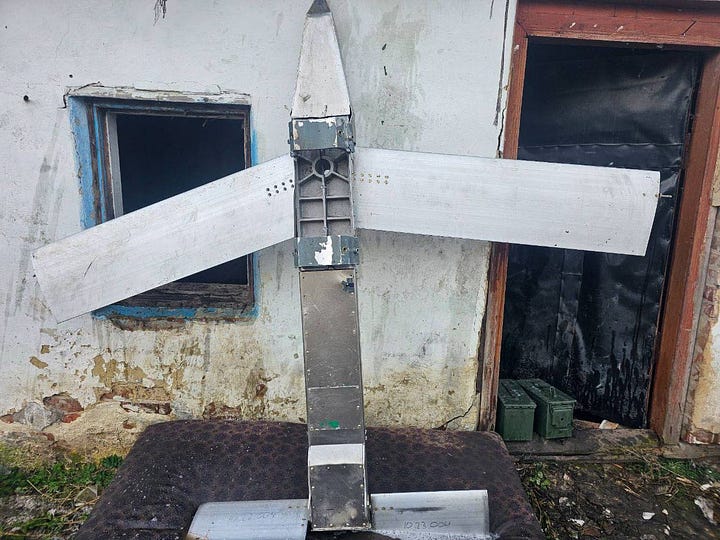
Many were rightly concerned, but it turns out the reason is deliberate: Russia has now been using RBK-500 cluster carriers with these UMPKs along with the old Fab-250/500s. They are now landing in Ukrainian territory after discharging their cluster munitions:
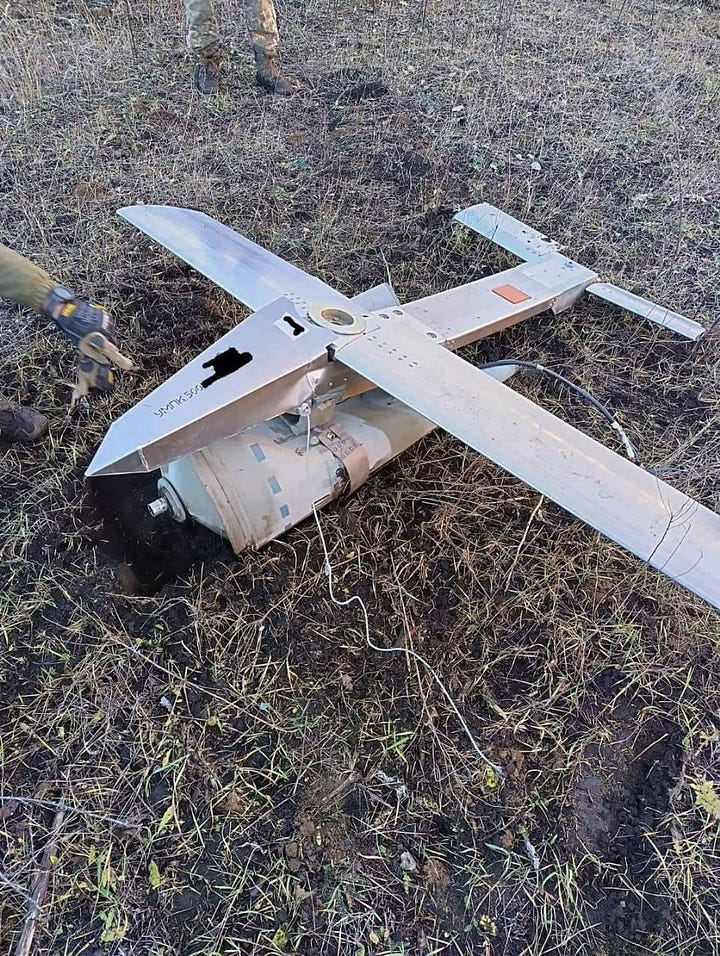
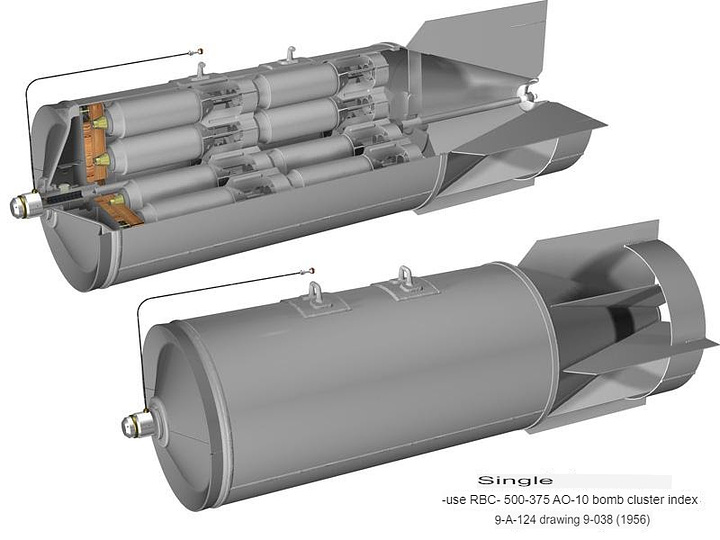
The backend tail of it comes off in flight, the clusters fly out and disperse, and the entire module inertly glides down to the ground, expended. So the fact they are now being recovered is working as planned, though of course some sort of self-destruct mechanism for the module could have been useful. You can see the difference in the RBK-500 variant above from the standard Fab-500m62s. Note the long nose:
The RBK-500 by the way can famously carry Motiv-3M sensor-fuzed ‘smart clusters’ which descend over a battlefield and autonomously target any ‘armor’, annihilating it from above:
It may very well be what was used in this case.
—
Next, you’ll recall that last time I dilated at length about Russia’s large UCAV drone shortcomings and my self-professed erudite opinions on the matter. Well, it turns out I was proven true because just coincidentally, a new article was released proposing the very same speculations:
The article revolves around experts ‘arguing’ that the class of ‘heavy drones’ like Russia’s Orion is simply not suited to a modern battlefield, for the very reasons I outlined here.
It states that “high hopes” were pinned on such large drones by both sides of the conflict in the beginning, and both were disappointed. In Ukraine’s case the Bayraktars were blown out of the sky, in Russia’s case the trialed Mohajer-6s didn’t perform, and the Orions/Forposts seemingly relegated to merely observational/recon roles for fear of treading too closely to enemy AD.
The article writes:
"The positive image of these drones created not without the participation of marketing structures of American and Turkish companies has seriously affected the expectations associated with them," he said. But the expert clarifies – even then a number of experts doubted the effectiveness of heavy drones specifically in the framework of a special operation. "They are slow, not maneuverable, and also due to their weight and size characteristics are quite noticeable for air defense systems," the analyst explains.
The expert is sure that the experience of SVO has confirmed the correctness of this point of view. "Heavy drones were not able to realize their potential in the course of the SVO and have a noticeable impact on the course of hostilities. A lot of vehicles were shot down, the remaining ones are used very little, " he explains his position.
Let me be clear: heavy drones are absolutely critical for the future of warfare: just not necessarily as UCAV roles. For signal re-transmission/extension/repeating, for recon, surveillance, SIGINT/ELINT, etc. All these things allow the drone to stay away from the contact line where hostile AD lurks.
Of course I still believe UCAVs can function if they get 20km+ guided missiles rather than 10km ones or free-fall bombs, but this also requires highly sensitive optical sensors, which Russia is not the best at producing, to say the least. A sensor needs to be extremely powerful to zoom in 20-30km and still differentiate targets with enough acuity to “lock” a missile onto it.
Autotranslate the rest of the article if you are interested as it has more good stuff.
—
Meanwhile, reports claim Russia has already tested drone swarms on the front:
#hearings
Our source reports that the Russians have already attacked LBS with a swarm of drones several times in test mode, which interacted together, immediately practicing a five square kilometers section of the Armed Forces defense line. In this case, 20/30 « birds » were used immediately in the attack.
When this model becomes permanent, it is unknown. But, the fact that the Russians are working in this direction and are already testing it in real hostilities is a huge risk and danger to the Armed Forces.
One prominent Russian analyst (Starshe Edda) already predicted that by summer 2024, we will already see autonomous loitering drones which will hover over the LOC and simply “wait for” enemy troops to walk into view and attack them.
Watching first how the number and quality of the use of drones is growing exponentially, I can conclude that by the summer of this year, we will finally see attacking swarms, that they hang over the battlefield in packs and wait for the victim. I want one thing so that in this arms race and tactics of application, we are not in the role of catching up, but become trendsetters.
A prominent AFU radioelectronics designer also reported that he himself witnessed a Russian FPV using autonomous targeting already, and in thermal mode to boot:
We’ve long discussed the Lancet is being made capable of this, but as of yet not FPVs—which is what sets this report apart.
AFU is not far behind. Rumors claim they already have FPVs that autonomously fly to the rear along a preprogrammed path, allowing one operator to take control of each of them in turn. Once one is used, the next is already there near the target to be taken control of, which eliminates the need to fly a fresh one from the starting position which can take a long time, by which point the target may already be gone.
Newsweek on the other hand notes that newly updated Kub-BLA drones are already being shipped to the Russian Armed Forces. If you’ll recall, this was Russia’s first premier kamikaze drone before the Lancet stole the show.
—
The first batch of recent photos of Russia’s Black Sea Fleet positions have been released. Since they are released by one of the top maritime accounts with a lot of followers, I don’t feel we’re giving any OPSEC away here. I say that because there are many other smaller ‘leaks’ of highly sensitive Russian air defense positions around Crimea that get passed around in more obscure areas I follow, and I have always refrained from posting anything related to those.
But the following is simply to drive home a point: Sevastopol still has many military naval ships:
Novorossiysk does appear to have the lion’s share now, so a significant portion of the Black Sea Fleet did appear to relocate there to “the rear”:
However, as stated before, this doesn’t really represent any sort of ‘loss’ as any ship capable of firing Kalibr missiles can fire them even from Novorossiysk if it wants, as the missiles have thousands of kilometers of range, and can easily reach anywhere in Ukraine.
But it’s to show that Sevastopol is by no means “entirely abandoned” like pro-UA accounts would have you believe. In fact some of the ships above come and go between the two ports all the time. It’s called precaution. The ships there are still sitting out in the open and Ukraine’s vaunted wunderwaffen is somehow incapable of hitting them.
—
Also on the hardware front, Ukraine has recovered some Iskander-clone ballistic missiles it believes might be manufactured in North Korea. If true it would confirm North Korea is finally supplying ballistics which would be an actual game changer, as it would allow Russia to overwhelm and finish off the critically depleted Ukrainian AD in cheap fashion:
The investigator above notes that the missile is almost identical to an Iskander but is slightly cruder in make. Where wires are supposed to have EW shielding (“RAP” in the video means electronic warfare), they are instead bare; and the wiring in general is bundled more crudely through the missile, as well as some other aspects.
—
Now a bit on the topic of losses.
Rezident channel reports:
武武武#Inside
Our source in the General Staff said that in winter, non-military casualties of the Armed Forces of Ukraine were equal to combat casualties. Soldiers are seriously ill, and with the onset of colds, the number of frostbite associated with low quality winter equipment for the Armed Forces has increased.
Ukrainian former prosecutor general Lutsenko made huge waves two days ago when he revealed that the losses of the AFU are 30,000 per month:
This appeared to be corroborated by a new German publication report wherein Bundeswehr Lt. General Andreas Marlow made a startling revelation:
Of the 200 thousand professional military personnel who were in Kiev in February 2022, almost all were killed or injured.
This was stated by the commander of the NATO training mission Marlov, who has been leading the EU training command in Ukraine in Germany for 14 months.
"Of the 200,000 professional soldiers available in February 2022, the vast majority has so far fallen or wounded. The vast majority of soldiers of the Armed Forces at the forefront today — civilians or, at best, reservists, "he explained.
Well, what can you say?
—
In light of this, the mood is not great in the AFU. Soldiers increasingly make videos like this one:
And Ukrainian officials are increasingly vociferous in their incriminations against Zelensky:
Arestovich, for his part, has entirely rewritten his historiography of the conflict, now professing that Russia was in fact in the right all along in attacking Ukraine. It was Ukraine that provoked Russia with its hostile Russophobia:
—
The current mood is that Zelensky is increasingly paranoid and cut out from ongoing events, with Yermak taking more and more control. Rumors state they both fear Rada members attempting to take control on 3/31/24, which is when Zelensky’s legal presidential mandate runs out—the date when elections should have been held.
From Legitimny channel:
#Inside
Our source in the OP said that the Office of the President continues to work on the case of a vacuum of legitimacy that will occur in Ukraine after 03/31/24. If the internal political track on Bankova is going to be closed with the help of security forces, and the sabotage of elites is stopped by loud arrests and nationalization, then with the international direction it is becoming more difficult. In Korea, elections were held despite the war for a number of reasons, the principle of democracy, the main one, but not the main one. For the West, it is always important with whom he is negotiating and how legitimate this power is, which means that after March 31, 24 we will have a different attitude, because all decisions of Zelensky can easily be challenged in the future in the courts or simply canceled.
In essence, they can claim he has lost ‘legitimacy’ after said date, at which point moves can potentially be made to oust him.
Of course it was the Rada which itself validated the skipping of presidential elections, however that doesn’t entirely take away fears of such legitimacy questions entering the public dialogue after that date.
—
Lastly, I leave you with this other thought-provoking passage from the ZeRada channel which does a good job of summarizing developments:
While Ukrainian society, led by a quarter-limus, is persuading itself that everything will be fine, Russia has changed tactics.
Last year’s shelling came mainly to energy facilities. This was done to persuade Kiev to negotiate. Well, which president will continue to ruin the energy before the obvious benefits of negotiations.
Moreover, a person measures everything in himself.
The Kremlin went to Istanbul after a certain level of losses and projected losses. So when Zaluzhny says that he made a mistake in calculating the level of losses that Moscow can afford without going to negotiations, he is cunning. He thought everything right. Moscow went for painful negotiations in Istanbul⁇
Moscow also expected that Kiev would go to negotiations after strikes on the energy sector, but no. Zele deeply doesn’t give a shit for the future of anyone but himself.
Therefore, in Moscow they changed tactics. Peace will now be achieved through the battlefield, as through a more obvious advantage.
For almost a year they saved up rockets, « Gerans » and brought a bunch of weapons from the DPRK. And now it all flew, but not to the energy sector, but to factories, workshops, arms depots, airfields and air defense systems.
In parallel, Russia applies new tactics at the front. They tried to organize a breakthrough in one place (Avdeevka), but when it did not work out they switched to « spread pressure tactics ».
Its essence is to create as many voltage points as possible along the entire front line. They do this in order to realize their quantitative advantage in firepower.
If Ukraine has 10 « Caesar », and the Russian Federation has 50 D-30 (ed: old Soviet gun with inferior characteristics), then if all this is accumulated on one section of the front, there will be no advantage. Range and accuracy - « solve ». However, if you spread to 10 directions, then the Armed Forces of Ukraine will not have enough weapons.
The same rule works for motivated units. « 3rd assault (ed: elite Azov special forces) » can only be used in one place.
Therefore, as soon as the Armed Forces of Ukraine threw several brigades from under Rabotino to Avdeevka, the Armed Forces of the Russian Federation went on the offensive near Rabotino. And so on the whole front.
Moreover, this tactic involves minimizing losses. If well-equipped and motivated parts enter the battle somewhere against the Russian Federation, they trite the blow to another site. Always looking for a weak place where there is no counterbattery, EW, etc.
You can leave all the stories about meat storms for monoether.
Note that the geography of pressure expands every day. Moreover, at all points except Krynok, at the initiative of the Russian Federation.
Such tactics do not provide quick visible superiority, which allows Kiev to pretend that everything is fine, but strategically - more and more provides an imbalance of forces and means.
In this option, the key indicator will be not m2 of the territory, but the morality of the units.
Therefore, we believe that under Kharkov they will go on the offensive only if they are confident in complete superiority.
This makes an extremely fine point, which I’ll restate in my own way:
Ukraine continues to have certain localized parities or even superiorities (in certain measures like FPV drone abilities, etc.). So when the conflict is depicted from a very fine-grained lens, it can almost be successfully portrayed as a stalemate. However, this ignores Russia’s superiority in the ‘totality’ of measures outlined above. The slow almost intangible wave of material and personnel overmatch that’s gradually swamping the AFU in every direction.
Pro-UA propagandist accounts of course do their best to hyperfocus on those ‘zoomed-in’ instances of success—here a few Russian BMPs destroyed with drones, there a few lost volunteers taken out. But they mask the overall building pressure which is undeniable to see for impartial observers. In fact, some have even theorized that the Avdeevka front was mostly a trap to lure Ukraine’s last remaining most elite brigades, in order to concentrate them there in a fixing operation, allowing Russia’s vast overmatch in every other direction to begin whittling down the defenses.
Here is that building pressure visualized in a new WSJ piece:
The last portion in the quoted writeup above mentions a Kharkov offensive. There have been increasing talks about some “mid January” offensive in a new direction in Kharkov, not only for the purpose of liberating Belgorod from strikes by pushing AFU back, but as another vector for the ‘death by a thousand cuts’ strategy.
Russia may launch new offensive near Kharkov on Jan. 15, - The Telegraph
Publication sources report that the Russian military is preparing for an attack on Kupyansk and its environs.
Recently, attacks on Kharkov and the region have intensified significantly, which could also indicate preparations for an offensive.
And for us the main thing is that the enemy is afraid, regardless of whether or not there is a real reason for this
There has been increased activity there, but no real indications yet that it will happen.
I’ll leave you with this last video. Scott Ritter has returned to Chechnya where he gave a speech to a huge crowd of reportedly 25,000 troops, promoting peace and friendship between the United States and Chechnya:
Kadyrov took his turn and, in idiosyncratic fashion, proposed some quite ‘interesting’ things for 2024:
Your support is invaluable. If you enjoyed the read, I would greatly appreciate if you subscribed to a monthly/yearly pledge to support my work, so that I may continue providing you with detailed, incisive reports like this one.
Alternatively, you can tip here: Tip Jar





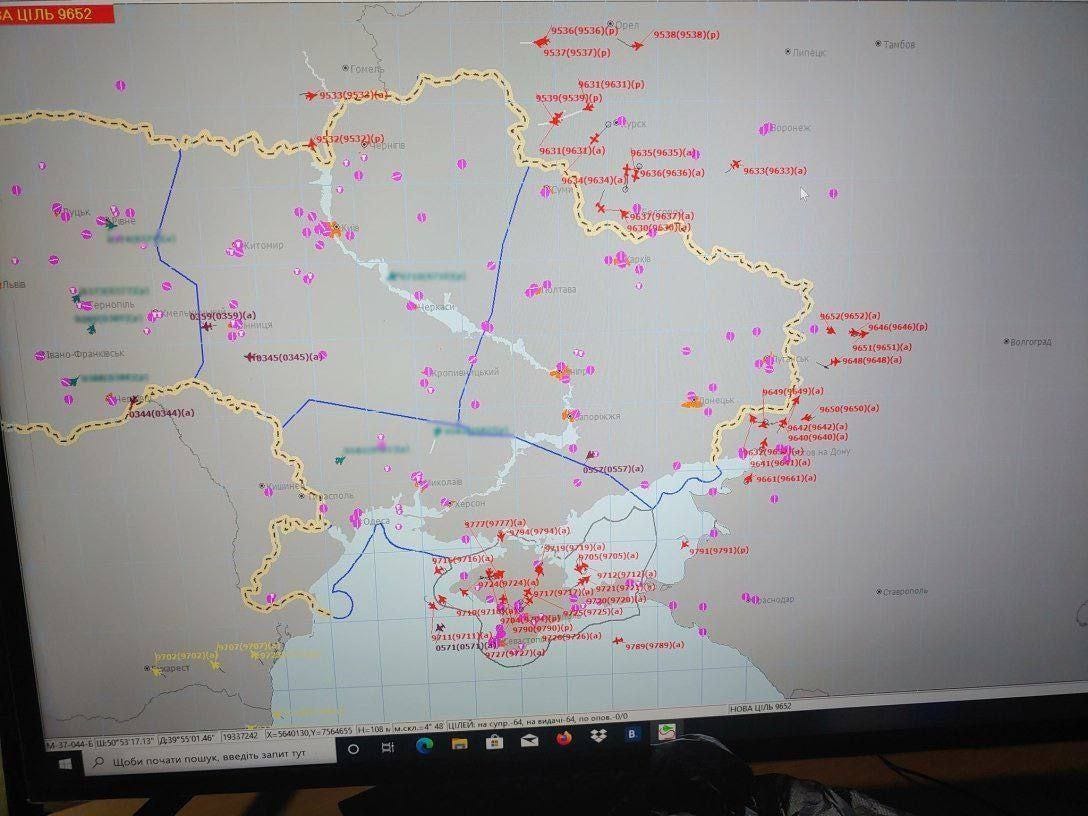
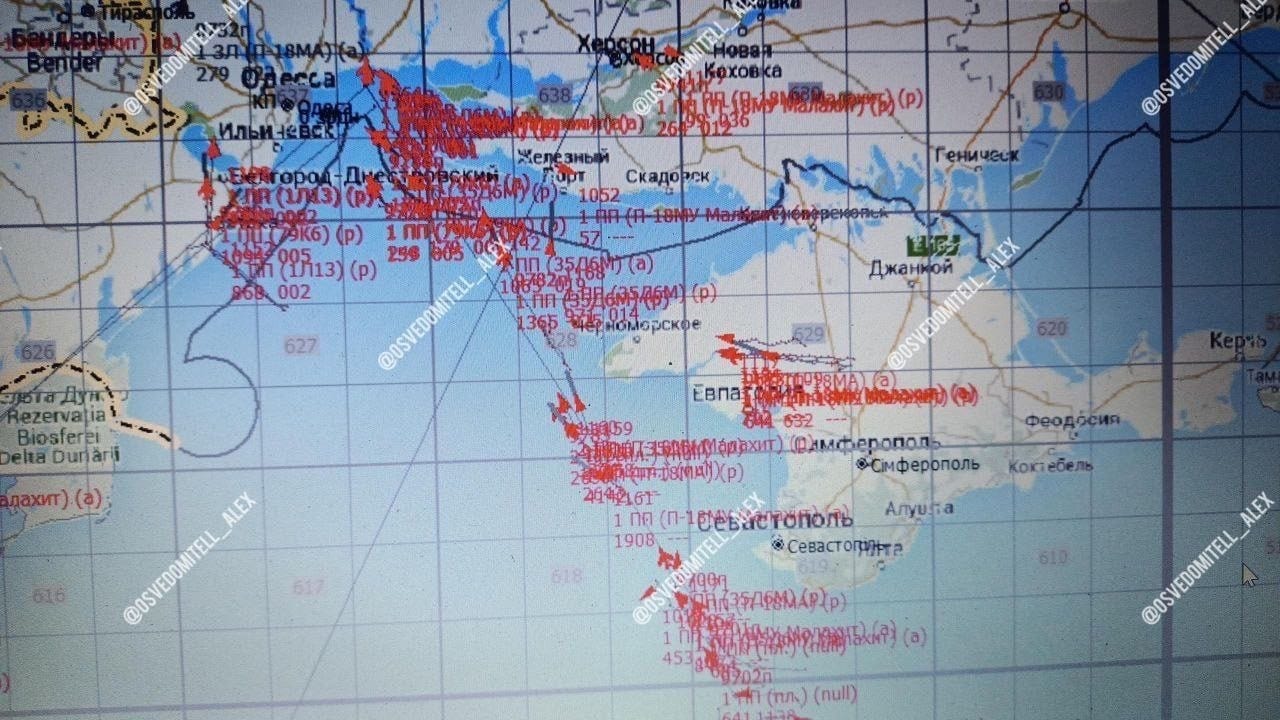
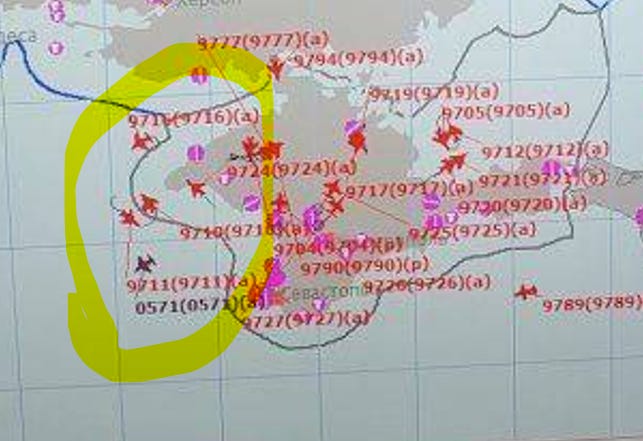
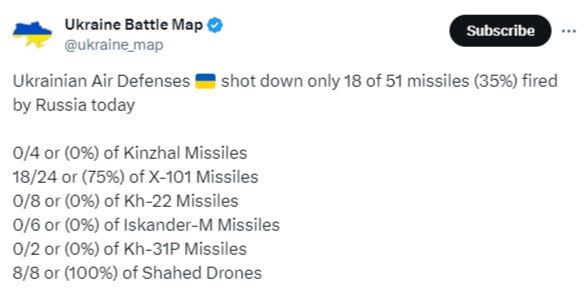
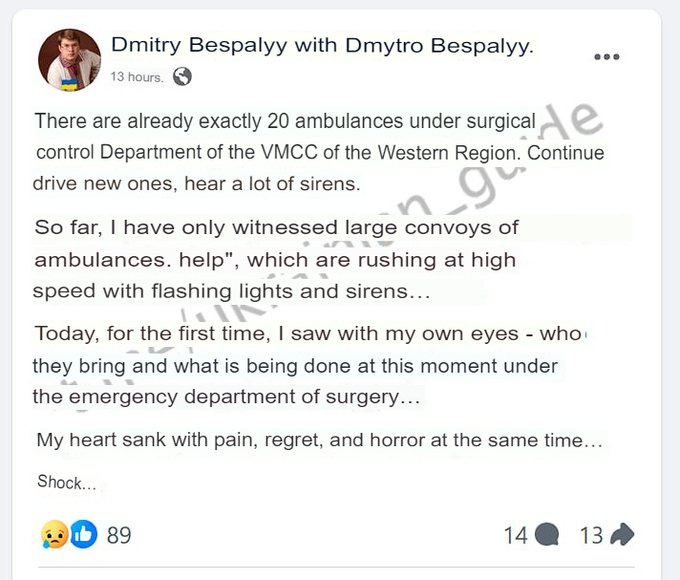



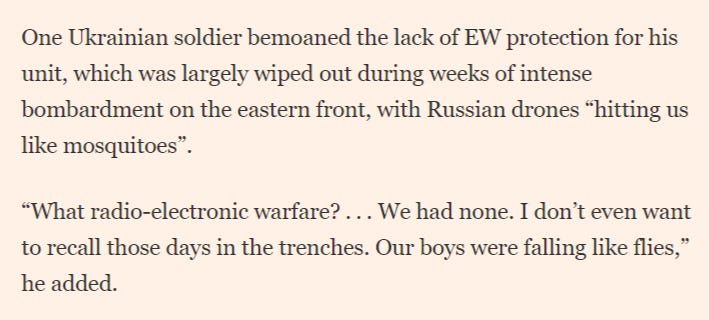


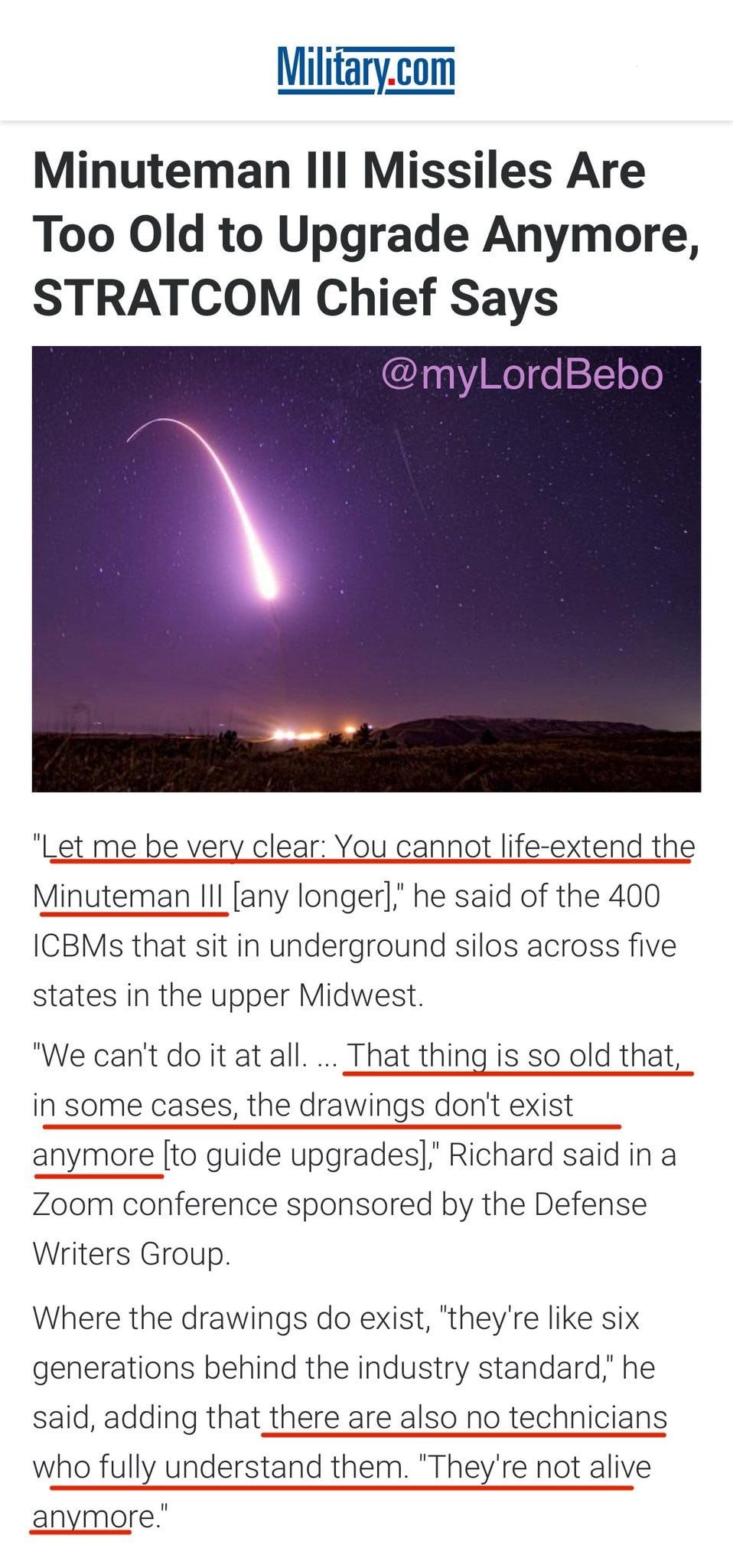

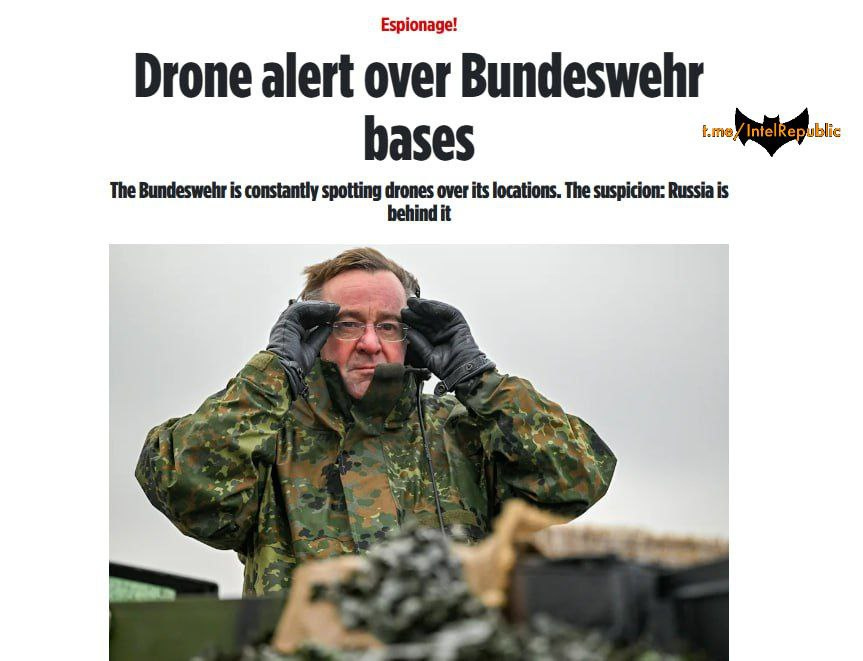
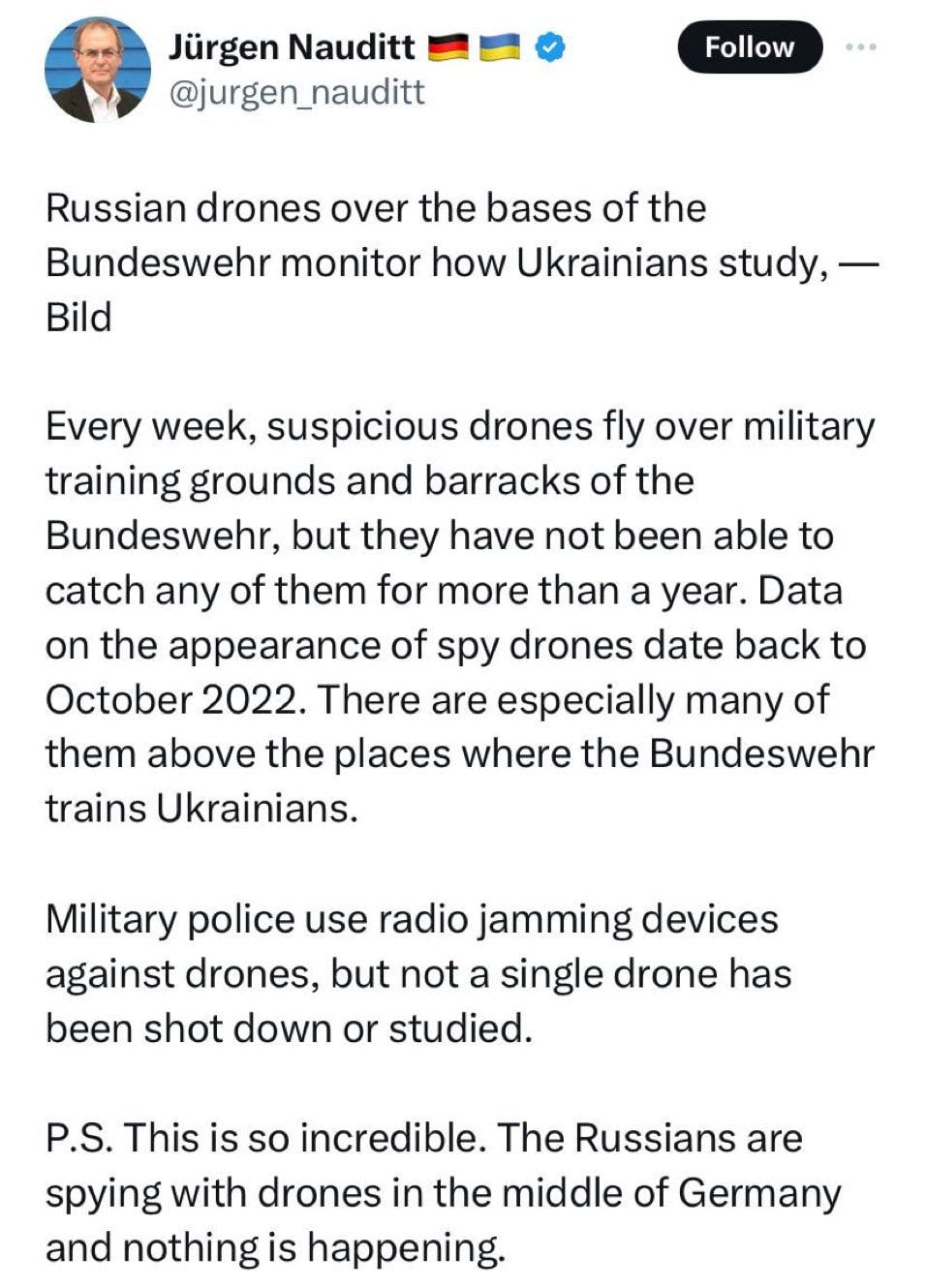
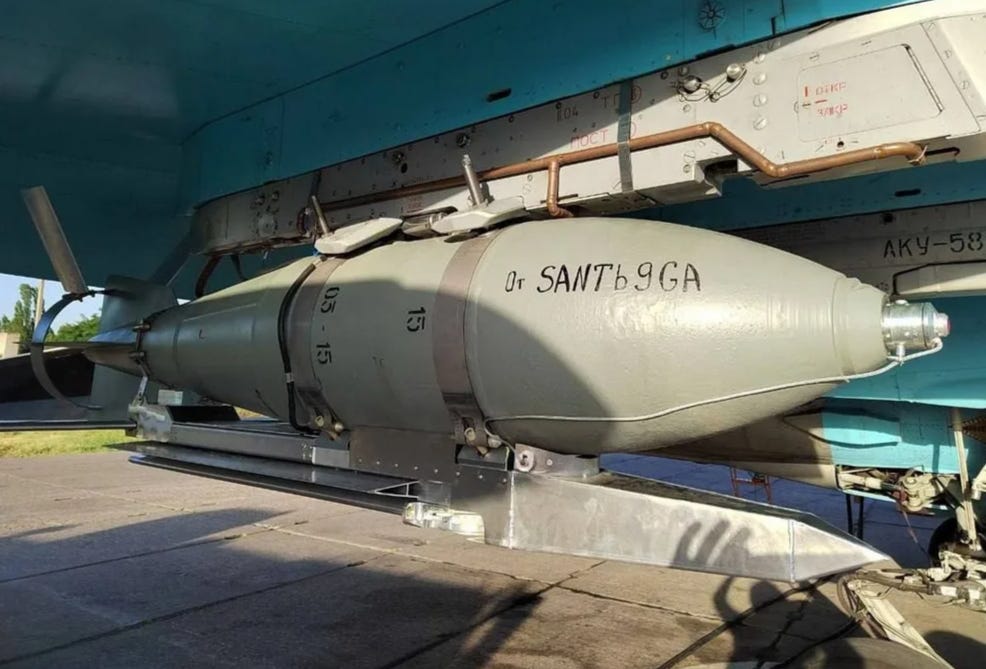
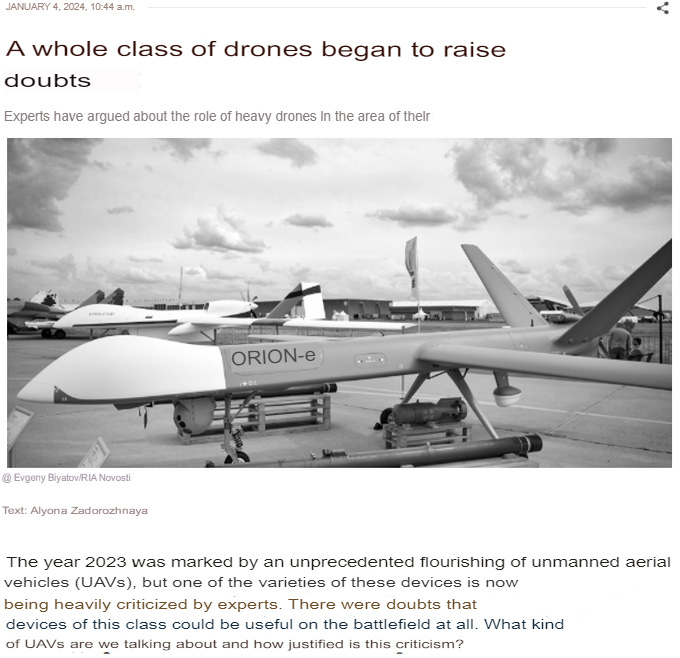
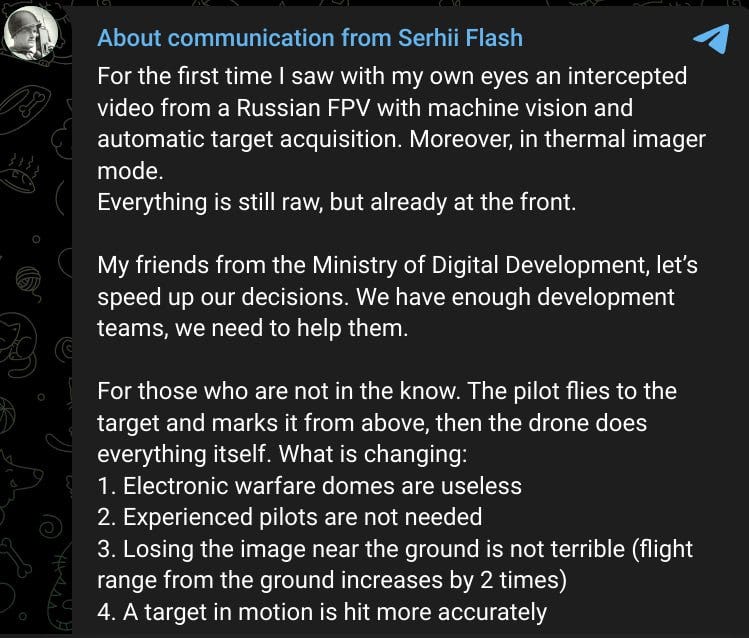

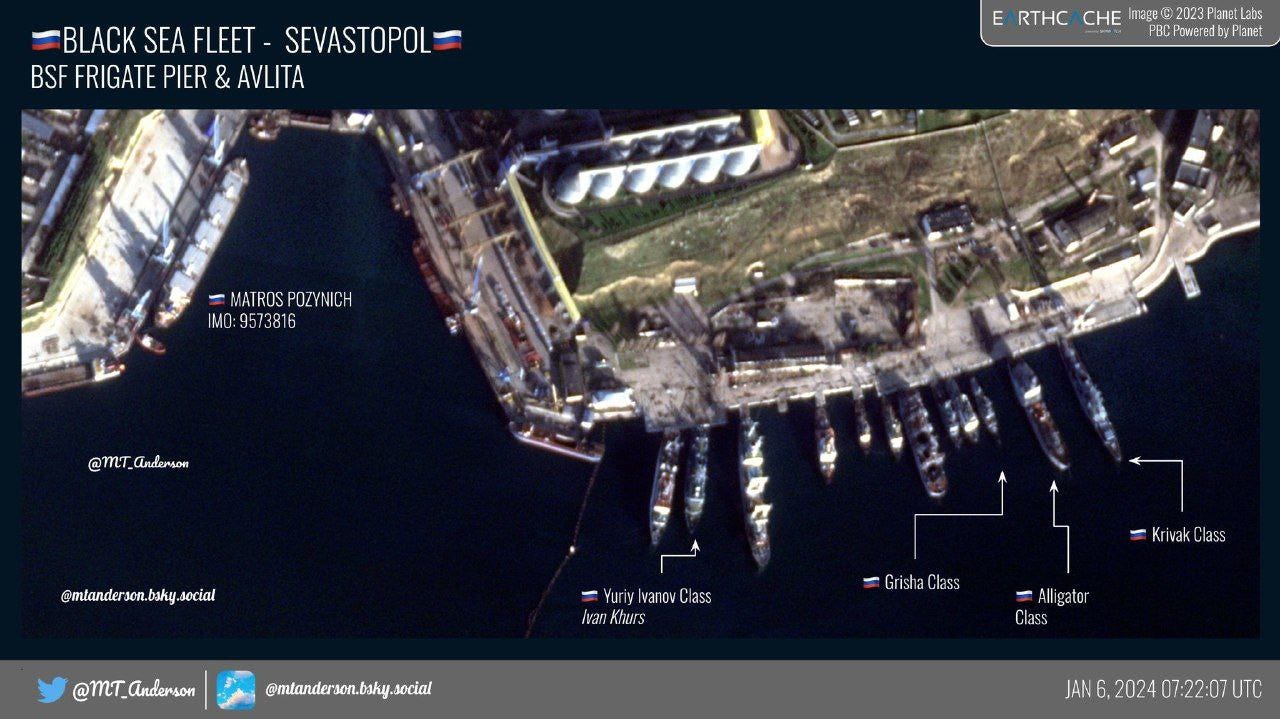
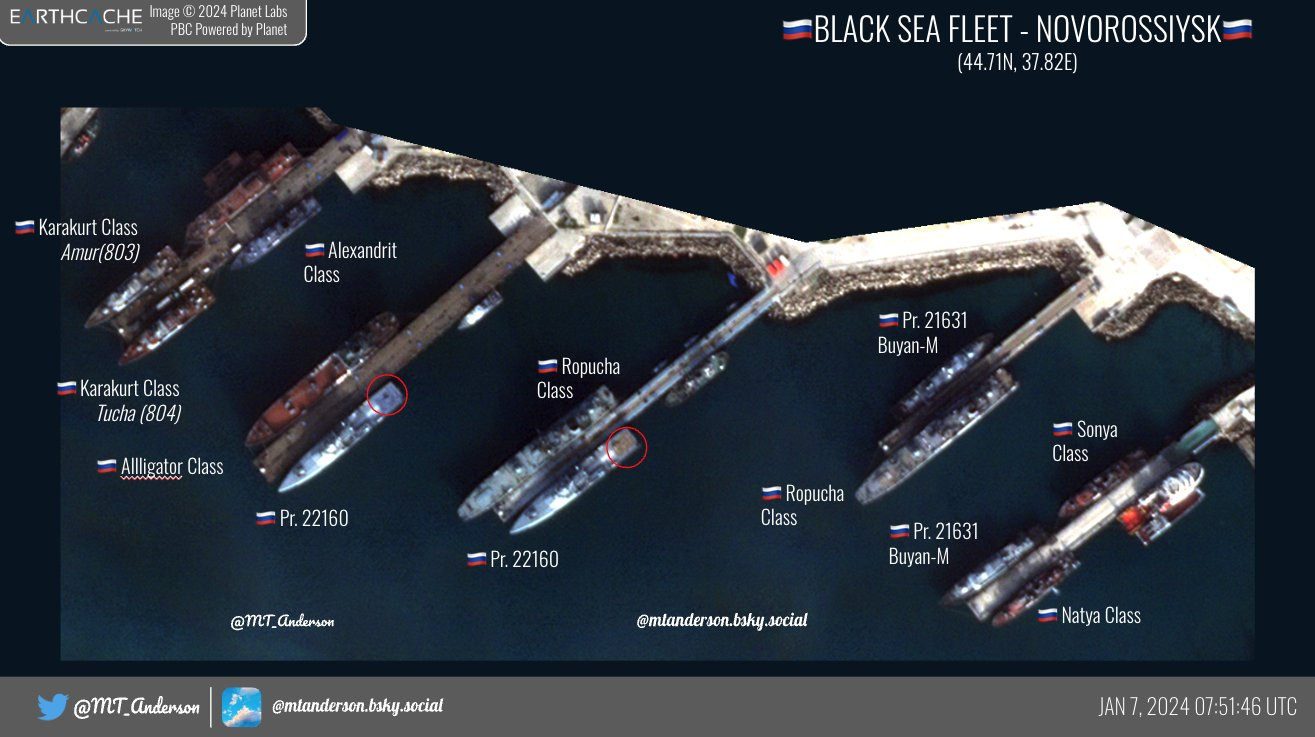


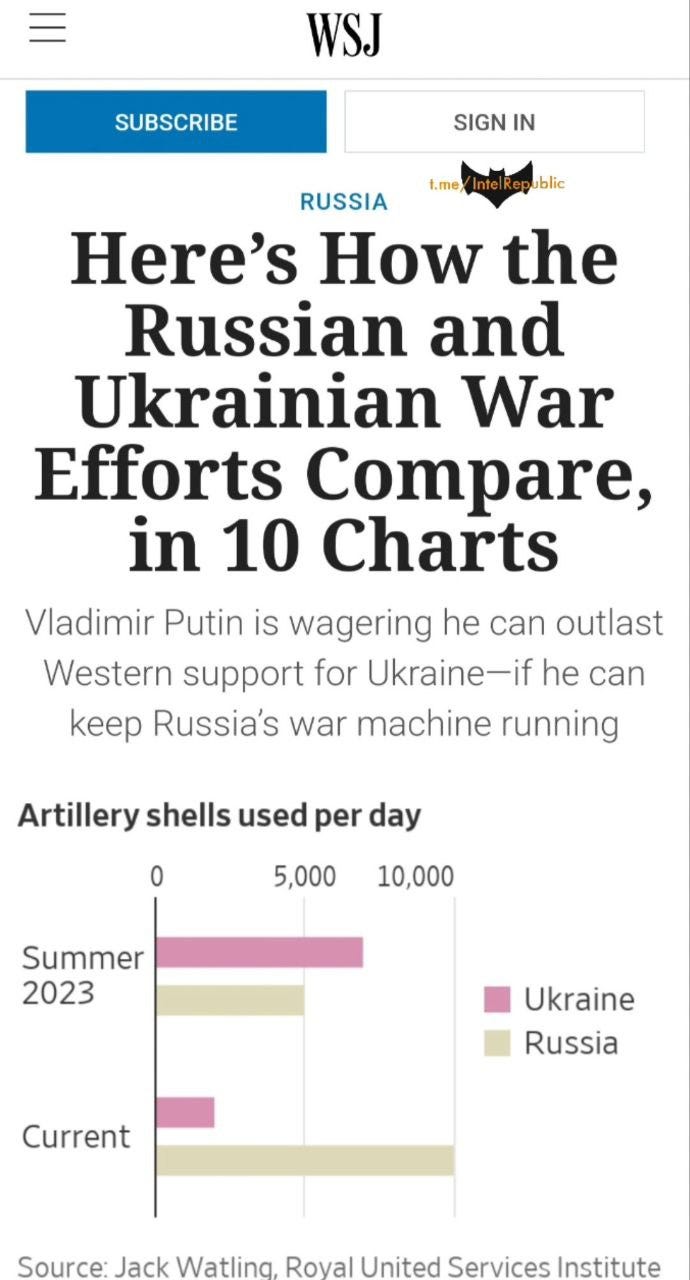
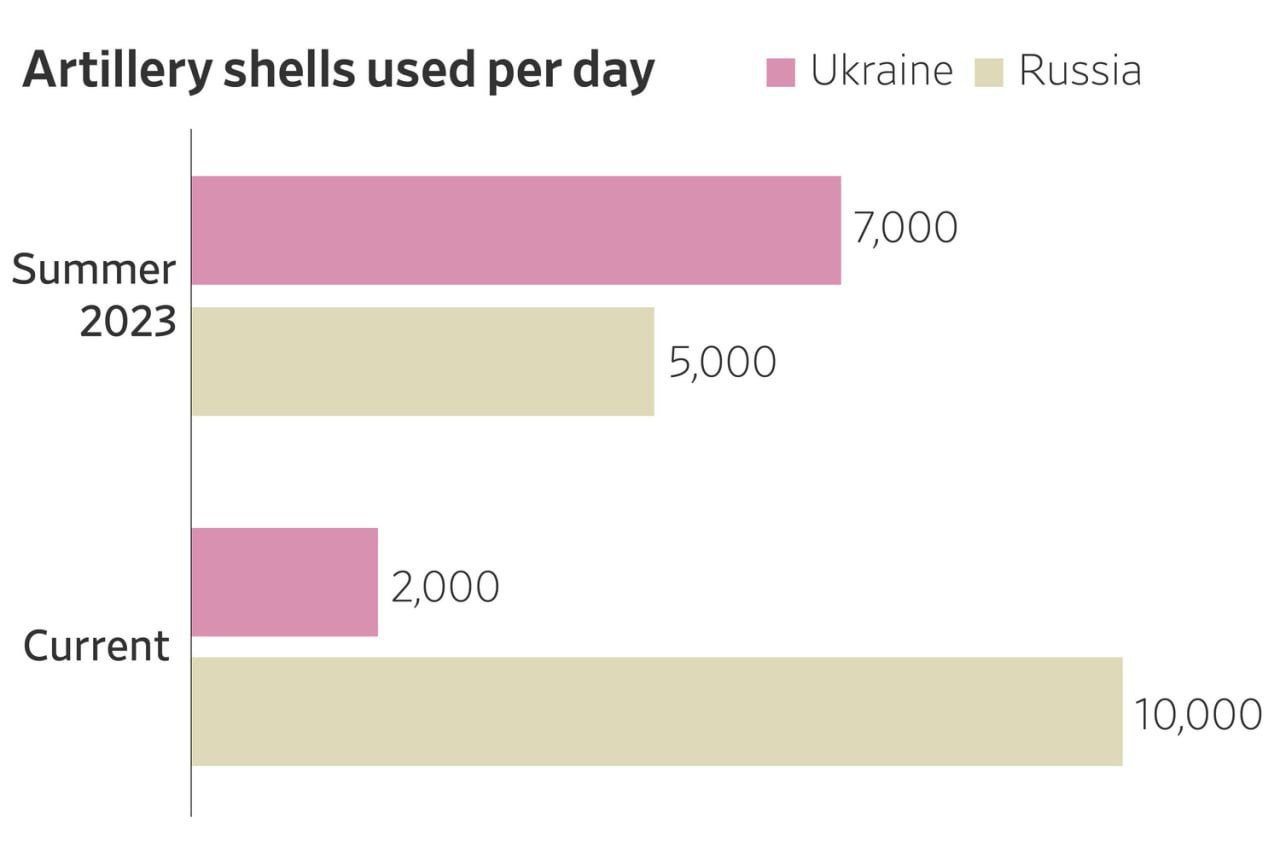
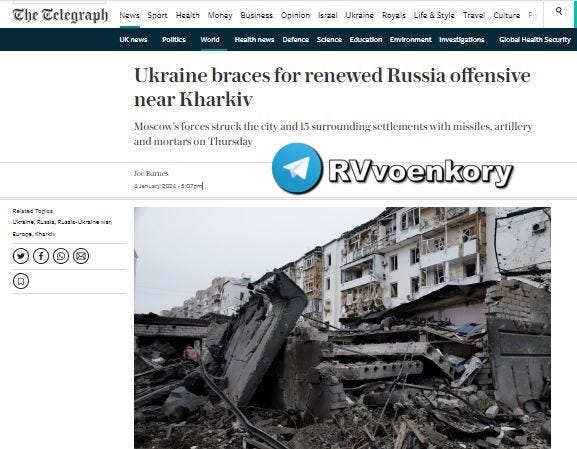
Western “weapons” are designed to sell.
Russian weapons are designed to kill.
Ultimately, the philosophies are fundamentally different…
Which is why we have a situation now where American tech (old & now) are failing en masse & headed to the Junkyard at best. At worst; they will malfunction and kill of their many various operators. Tragic!
Thanks for your hard work sir. Your analysis is the best!
A Skeptic Daily War Reports
https://askeptic.substack.com/p/war-reports-2024-01-09